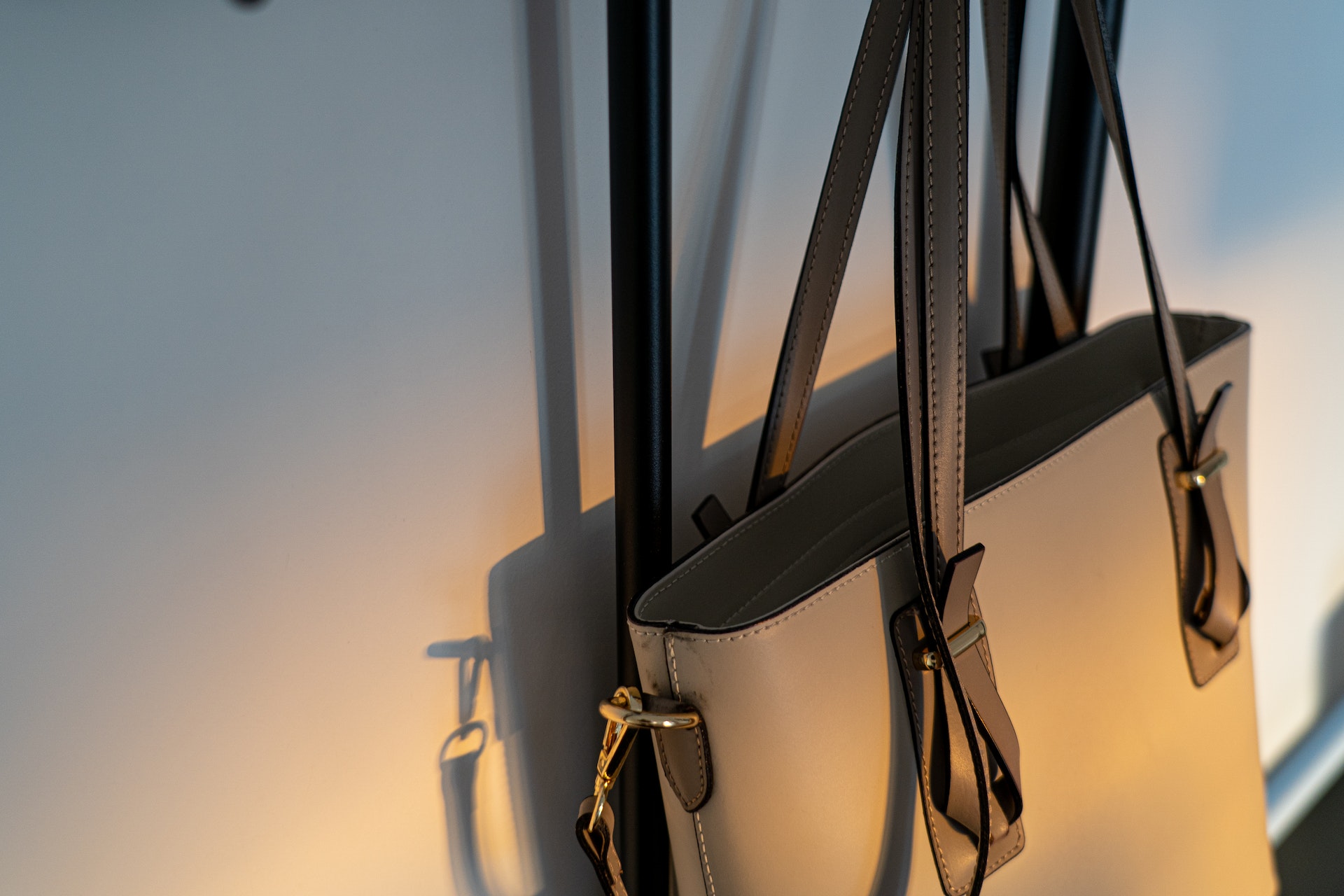Luxury handbags have been a symbol of wealth and status for centuries, with a rich history that dates back to the early 16th century. Over the years, designer bags for women have evolved from simple pouches used to carry coins and other small items to iconic fashion accessories. Today, we look at handbags brands such Valentino Garavani women’s purses, Hermès’ classical and well-known Birkin, Prada’s nylon trend, and navigate through the history of luxury handbags and the space of brands in our modern world.
The Origins of Luxury Handbags
The first recorded use of handbags dates back to the 16th century when men and women carried small pouches made of leather or cloth to hold coins, personal items, and small snacks. These pouches were typically attached to the belt and worn around the waist or carried in the hand.
In the 17th century, women’s fashion changed, and the size of the pouches grew larger, becoming more decorative and ornate. The reticules, rectangle-shaped handbag, also called buskins or balantines, were used to carry around personal items. During this time, handbags became a status symbol, and wealthy women began commissioning handbags from skilled craftsmen to display their wealth and social status.
In the 19th century, the Industrial Revolution led to the mass production of handbags, making them more affordable and accessible to the middle class. This period also saw the emergence of iconic handbag designs such as the reticule, a small drawstring bag made of silk or velvet, and the chatelaine, a decorative belt hook that held small accessories like keys, scissors, and perfume vials.
The Modern Era of Luxury Handbags
In the 20th century, designer purses became more popular than ever, with iconic designers revolutionizing the handbag industry. Chanel introduced the 2.55, a quilted leather handbag with a chain strap, in 1955, which has become one of the most iconic handbag designs of all time.
In 1960, Maison Valentino was founded, starting their empire over international fashion. With innovation and tradition, the Maison plays a significant role in the luxury market—a crucial combination for a creative sector that fosters the appreciation of beauty.
Louis Vuitton, founded in 1854, is renowned for its monogrammed canvas bags, which have been popular since the early 1900s. The brand’s handbags are known for their quality craftsmanship, timeless designs, and high prices, making them a status symbol for the wealthy and influential.
Hermès, established in 1837, is perhaps best known for its Birkin and Kelly bags, which are among the most coveted luxury handbags in the world. The Birkin, named after actress Jane Birkin, was created in 1984 and is known for its simple, elegant design and high price tag, while the Kelly, named after Princess Grace Kelly, has been a favorite of fashion icons since the 1950s.
The Space of Luxury Handbag Brands in Our Modern World
In today’s world, luxury handbag brands continue to thrive, with new designers and styles emerging every year. While some remain the most popular and iconic luxury handbag brands, others have also gained a significant following.
Many luxury handbag brands have adapted to the changing times by creating more affordable lines or collaborating with mass-market retailers. For example, Louis Vuitton collaborated with streetwear brand Supreme in 2017, creating a collection that sold out within minutes and sparked a wave of hype and enthusiasm from fashion enthusiasts.
In recent years, quality has become an essential issue for luxury handbag brands, with many designers opting for eco-friendly materials and production methods. In conclusion, luxury handbags have a rich history that spans centuries.

